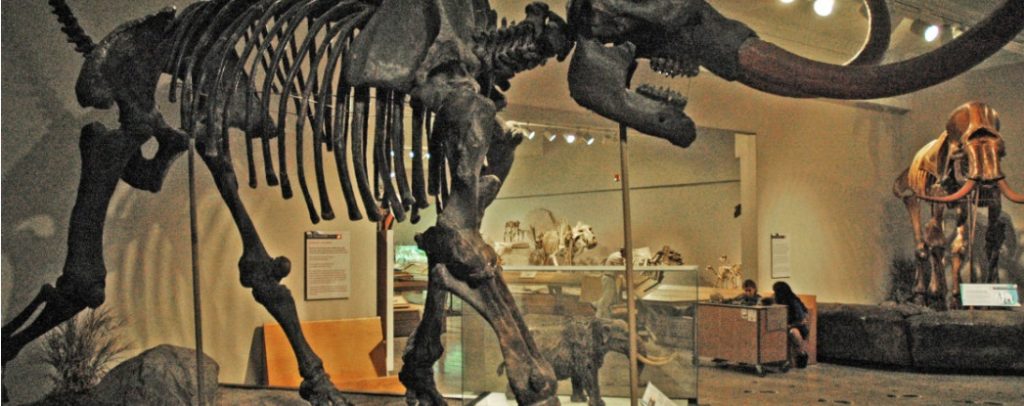
When workmen discovered the bones of an ancient mastodon, in 1992 they were building a roadway in southern California. Mastodons were elephant-like creatures that stood three meters tall and weighed eight tons. When archaeologists arrived on the scene to examine the remains, they discovered jagged rocks nearby. The rocks had the appearance of having been used by a human being as anvils and hammers to shatter bones in order to harvest the nutrient-rich bone marrow or to produce bone implements. In addition, one tusk was wedged upright adjacent to the heaps, and the bones were discovered in two piles—not how bones would typically be arranged if the animal had decayed there.
The bones could not be reliably dated at the time the site was found, but in 2012, uranium dating technology allowed scientists to date the remains. The bones they discovered are reportedly 130,700 years old, give or take a few thousand years. This is startling. According to the majority of the evidence, Homo sapiens originally entered the Americas between 20,000 and 15,000 years ago across the Bering Strait. As a result, the mastodon bone dating indicates that humans arrived in the Americas about 10 times earlier than previously believed. Although it has been hypothesized that these prehistoric people may have traveled from Asia on boats, no bones or other traces of the hominid species have been discovered to help identify them or explain their origins.
Of course, a lot of archaeologists doubt that humans ever smashed the mastodon bones. None of the common stone tools from this age seen at other sites worldwide are present, nor are there any indications that the animal was killed for flesh. Perhaps a mudslide or being trampled caused the bones to break naturally. Furthermore, some skeptics want the 130,000 date on the bones to be verified by dating them with further techniques.
One thing is certain, though: if this is proof of human habitation from 130,000 years ago, it will fundamentally alter our understanding of how people arrived on the American continents.



